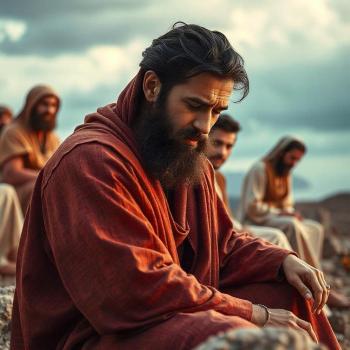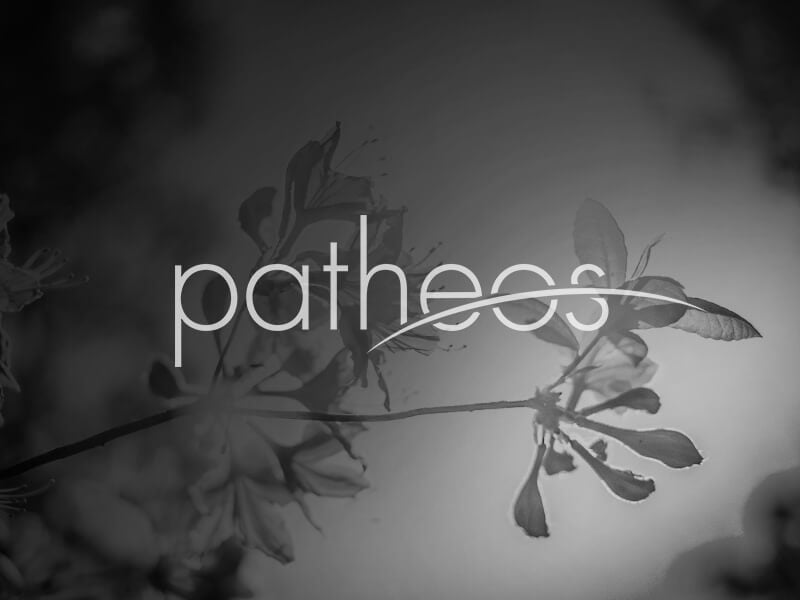In between teaching and professional conferences, I have recently embarked on a few trips to interview African American Christians in a large city for an ongoing study of how religion matters (or doesn’t) for everyday workers and entrepreneurs. In the process of meeting a wide array of churchgoers, I listened at length to the personal histories that informed their views on work and faith.
What struck me in some cases was the agrarian memories that quite a few folks recalled. They recounted stories of growing up on a farm in the rural South or visiting relatives regularly in those environments. Their parents were some of the first generation to enter into the big city. When I think back to the stories in my family, they resemble these same trajectories except that they took place in South Korea rather than the US. I think my father’s family still lived in one of the rural areas but he and most of his siblings had moved into Seoul or another large city. In the case of my father, he left the country entirely. He met my mother (who had left Korea as a single woman) in New York City and they moved together to Jersey City, NJ. These similarities suggest to me that many Americans and immigrants can likely relate to one another in the patterns observed in their family histories.
But even having similar rural origins doesn’t do justice to some of the profound differences that blacks faced in the South during the late 19th to earlier 20th centuries compared to whites and Asian immigrants. Southern rural blacks were not on equal footing with rural whites on access to a number of important institutional supports: adequate healthcare, reasonable housing, proper educational facilities and instruction. Many may have worked as hard (if not harder) than their white peers but the returns on that work were not always the same nor was their much legal recourse in the event of an injustice. The book, Slavery by Another Name by Douglas Blackmon, and the subsequent documentary, chronicles the kind of world that many of the grandparents of the men and women I interviewed lived through. It was the world of the Jim Crow South with formal and informal rules that circumscribed social life for African Americans after emancipation. Rural southern blacks (particularly men) would be arrested on trumped up charges in what is described as a “convict lease system” which effectively re-enslaved them for the benefit of white American society.
Under such conditions, it is not surprising that if there was an institution in which southern blacks had leadership, a sense of control, and community with fellow blacks, such an institution would hold a great deal of support and encouragement for a besieged people. Such is the institution of the black church. Indeed in the stories I heard, it was clear that the church had a significant role in the lives of the grandparents of the people I interviewed. The tie of the local black church in the midst of informal slavery, unequal treatment, and barriers to accessing basic institutional supports was critical for many. To borrow co-blogger Margarita Mooney’s book title, faith helped make them live.
It’s a rare thing to see research on religion in the most prestigious journals of sociology, much less one that focuses on religion and race. A sociological study that covers religion and race using Census data from over 50 years back is perhaps one of the rarest finds around. Such was Amy Kate Bailey and Karen A. Snedker’s examination of lynching patterns and religion in the South during the beginning of the 20th century and since it appeared in the venerable American Journal of Sociology, it also appeared in my “Top 11 of ’11” post.
Lynching is one of those practices that many of us as Americans haven’t reckoned with, and its impact in the memories of many African Americans persists to this day. Perhaps you didn’t know this, but one of Billie Holiday’s most famous songs (written by Abel Meerpool) “Strange Fruit” details this practice; listen to it and check out the lyrics.
http://www.youtube.com/watch?v=h4ZyuULy9zsAccording to Bailey and Snedker, at least 2,500 blacks were lynched in the South in the late 19th and early 20th centuries, roughly one per week for 50 years. One per week. Imagine being a part of a visible minority community and hearing of someone killed by a mob made up of the dominant group nearly every single week. It’s important to remember that lynching was and is a means of social control. It was a demonstration of power. By killing one person in a bloody spectacle, the group in power conveys a message to others (particularly to blacks) that they are in control, and they will exercise that control through random yet coordinated acts of violence. Some describe this as domestic terrorism. Strikingly a fair number of lynchings were actually photographed and reproduced on postcards to be traded with other lynch fans around the country. One of these is pictured here from Waco, TX, the main city of my institution.

Lynch advocates were quite often religious, specifically Christian. Their brand of faith placed whites at the top of a racial hierarchy with blacks at the bottom. Chillingly, the practice of lynching, according to Bailey and Snedker, was a “fully ritualized, solidarity-enhancing event” (p.850). In other words, killing a human being through lynching helped bond the group together, often to reinforce their beliefs in racial superiority, justified through religious language. This happens in part because of the tacit cooperation of churches that legitimize such acts of violence in their practices of creating community.
The authors proposed 3 hypotheses concerning the role of religion and lynching. They predicted that when there is religious diversity (or pluralism), lynching will increase since the diversity of religions poses a threat to some communities that have strong boundaries. Second they proposed that the greater presence of African American churches will also be linked to a higher incidence of lynching. Finally, in counties with a large mixed-race church population will exhibit lower lynching rates.
Using data from the only 3 years in which the US Census recorded religion (1906, 1916, 1926), along with over 2800 documented lynching cases in that same time frame, they found support for these three hypotheses. Greater religious diversity (i.e. Christian denominational diversity) and the greater presence of African American denominations in a given southern county was linked to greater incidence of lynching in every decade in the former, and 2 out of 4 decades in the latter. The larger presence of mixed-race denominations lowered lynching in all four decades (see p.862-863). Subsequent analyses suggest that the strongest of these three characteristics is religious diversity. It’s curious to think about what this might have looked like in real life. Imagine a county that was predominantly white Baptist. White Methodists, Anglicans, and Catholics along with Missionary Baptists start new churches in that same county. As this diversity picks up, so do the lynchings. As a means of setting themselves apart, and to symbolize their power in the area to these newcomers, the lynchers (who are mostly white Baptist in this example) wind up killing blacks in this bloody ritual. Interestingly, where interracial church groups appear, lynching levels drop.
These findings leave a lot for reflection on the impact of church participation. For some the church was a space for some in the dominant group to justify the brutal and unequal treatment of racial minorities. For others, the church was the strongest institution that advocated for those racial minorities. And in a few rare instances, the church was a community of believers of both the dominant and minority groups.
The experience of lynching is not only the subject of historical sociology. Lynching has recently been argued as having theological significance. Theologian James Cone recently published a work that surveys the significance of lynching in African American culture and its overlay with the significance of the Christian symbol of the cross. In both instances a man treated unjustly is hung from a tree or the main product of trees. What powerful imagery in comparing these practices. In doing so Cone reappropriates the significance of lynching as a symbol not only of white supremacist terrorism but also as a reflection of a Christian South that subconsciously replicates the Passion by re-enacting the ritual of human sacrifice to atone for the sins of the people. It suggests empowerment of marginalized African American Christians, particularly those whose ultimate end mirrored that of Jesus. Putting these parts together, the stories of faith, family life in rural America, and racism have helped me better understand the role of the black church to many African American Christians.














